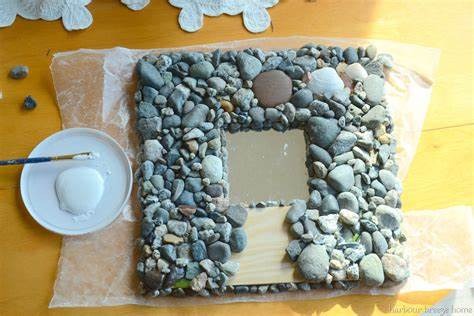Bonding Brilliance: Adhesives and the Art of Uniting Dissimilar Materials
GLUE COMPATIBILITY


This post explores the art and science of using adhesives to effectively bond dissimilar materials, highlighting their versatility, benefits, and key considerations for successful applications across various industries.
Bonding Brilliance: Adhesives and the Art of Uniting Dissimilar Materials
In the world of manufacturing, construction, and DIY projects, there often arises a unique challenge: how to effectively join dissimilar materials. This blog post delves into the fascinating world of adhesive bonding, exploring the techniques, benefits, and considerations when uniting materials that, on the surface, seem worlds apart.
The Challenge of Dissimilarity:
Dissimilar materials present a host of challenges when it comes to bonding. Whether it's combining metals and plastics, wood and glass, or rubber and ceramics, the differences in composition, expansion rates, and surface characteristics can make traditional joining methods, like welding or mechanical fasteners, impractical or even impossible.
The Magic of Adhesives:
Enter adhesives—the unsung heroes of material bonding. Adhesives offer a unique advantage in uniting materials that don't naturally go together. Here's why they work so well:
Versatility: Adhesives come in various formulations, each tailored to specific materials and applications. This versatility allows engineers, builders, and DIYers to find the perfect adhesive for their unique project.
Uniform Distribution of Stress: Unlike mechanical fasteners that concentrate stress at specific points, adhesives distribute stress evenly across the entire bonded area, reducing the risk of material damage.
Improved Aesthetics: Adhesive joints are often flush and smooth, providing a sleek and seamless appearance that's ideal for visible applications.
Considerations for Success:
While adhesives offer a powerful solution for uniting dissimilar materials, success depends on several crucial considerations:
Surface Preparation: Properly cleaning and preparing the surfaces to be bonded is vital to ensure a strong and lasting connection.
Adhesive Selection: Choosing the right adhesive is paramount. Factors to consider include material compatibility, environmental conditions, and the intended load-bearing capacity.
Adhesive Application: Applying the adhesive correctly, following the manufacturer's guidelines, is essential for a successful bond.
Applications Abound:
Adhesive bonding of dissimilar materials finds applications across various industries:
Aerospace: Bonding composites, metals, and ceramics for lightweight and durable components.
Automotive: Joining metals, plastics, and glass for improved vehicle design and fuel efficiency.
Construction: Uniting wood, glass, stone, and metal for structurally sound and aesthetically pleasing structures.
Electronics: Bonding delicate components onto circuit boards with precision and reliability.
Conclusion: Unlocking the Potential of Adhesive Bonding:
Adhesive bonding represents a powerful and versatile tool for overcoming the challenges of joining dissimilar materials. As technology advances and adhesive formulations become more sophisticated, the possibilities for innovative and groundbreaking applications continue to expand. Whether in the hands of engineers, architects, or DIY enthusiasts, adhesives empower us to transform our visions into reality, bringing together materials that were once considered incompatible and broadening the horizons of what can be achieved in construction, manufacturing, and beyond.
